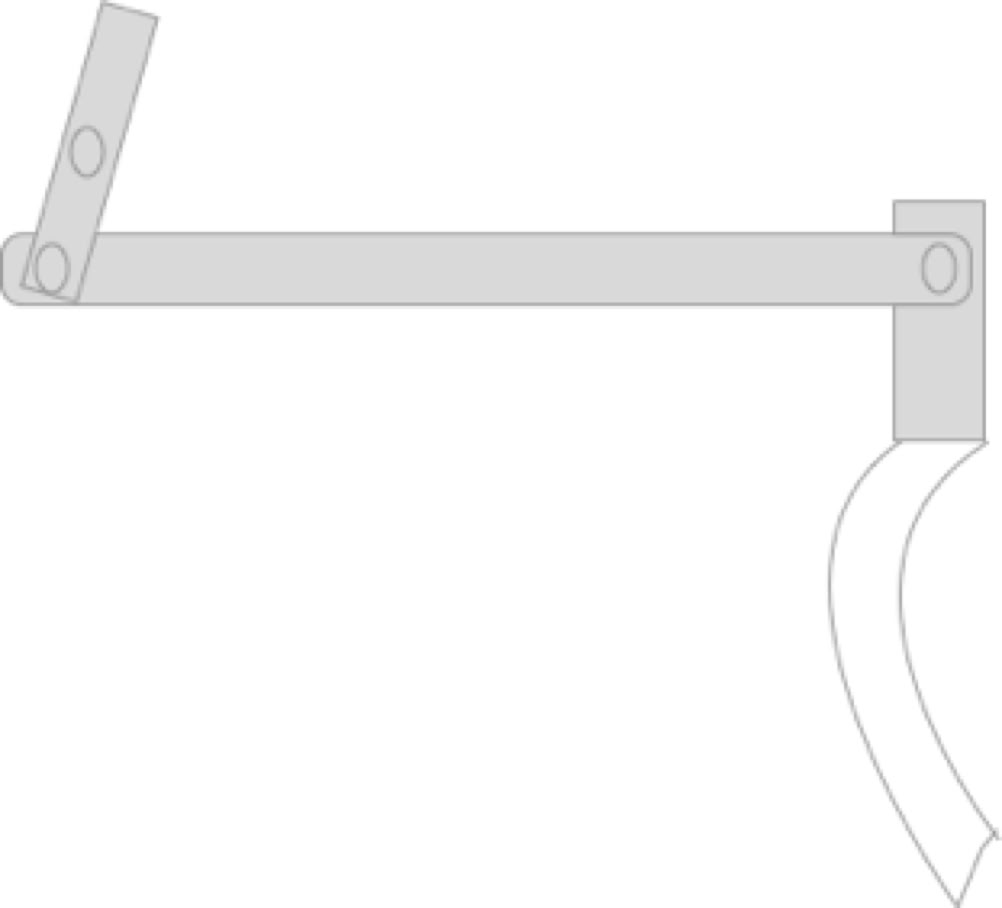Trigger Jobs Explained
Bo’s Gun Shop
Elizabeth City, NC
Bo’s Gun Shop
Elizabeth City, NC
Certified “Master Gunsmith”
Here’s an explanation of what asking for a “Trigger Job” means: In every case, it means I’ll remove your firing mechanism and smooth all the working surfaces on the parts and your receiver (the housing). That will give you a smoother, better “feeling” trigger. That’s the basic “Trigger Job.” Take a look at the diagram below. You see all the “stuff” attached to your trigger that has to move around in order to release the sear (not depicted) and fire the firearm ? All that stuff has edges and surfaces including the frame they all sit in and they all have friction. As if this isn’t bad, some striker fired firearms like Glocks are not completely cocked. When you pull the trigger you complete cocking the firearm and that takes pressure to accomplish. No amount of oil will take away the roughness inherent in production produced fire control systems. Most people are amazed after their “trigger job” is complete though the trigger pull weight remains the same. For some rifles, like the current Remington 700, unless yours is defective from the factory, this has already been done by Remington. The same is true for most “drop-in-triggers” in many platforms. I can help you identify which may be helped by a “Trigger Job.”From there we can add things on!
This diagram illustrates only part of the linkage involved in the firearm control system.Every single moving part adds to the troubles with triggers.

We may be able to lighten your trigger pull.For some triggers this is a matter of simple internal adjustments. For others, this involves replacing or modifying springs and/or the trigger/sear system, all of which we can do for you. Several notes though - first, I know, I know, your best buddy has reduced his trigger pull weight to 2 pounds and claims it is really helping him nail those deer. But THAT AIN’T SAFE! For a hunting rifle or a handgun used for defense, the minimum safe pull weight is 4 lbs.. Why? It guarantees you actually meant to pull the trigger when it goes bang! I’m VERY happy to reduce your pull weight on your target rifle or pistol to 2 lbs. The firearm is pointed down-range when you put your finger near the trigger, chances of dropping are small, and there are no trigs or tree limbs to hit your trigger. Different environment, different pull weights. Believe me, when Buck-fever hits, you won’t notice the pull weight of your trigger! Also, for pistols, it is simply not possible to reduce double-action fire-control systems beyond a certain point, unique to each and every firearm. I can make it way better.Recently a guy brought is a double action someone had tried to do a trigger job on at home. When they were done the trigger pull weight had increased to over 25 lbs!Wore your finger out trying to fire it one time! After fixing the thing (the frame was bent, it was out of range, you name it, it was wrong), I got it down to about 14 lbs., which is what it had originally - which is what the owner wanted. Were it a steel firearm from S&W or Colt or Ruger I could have done a lot more but like I said - each firearm is different.
And then there are the issues of “Creep” and “Over-travel.” “Creep” is the pull you exert on your trigger before you begin to feel resistance from the actual engagement surfaces of your tigger/sear system. “Creep” is undesirable because you expect your trigger to actually do something when you pull on it. And you definitely don’t want an inexperienced shooter to “learn” they can pull on the trigger “a little bit” before anything might happen! Again, some firing systems have adjustments for “Creep” built into them. Most don’t. So we can modify things to remove “Creep.” This isn’t the same thing as making a “hair trigger.” A “hair trigger” is an unsafe condition where the firearm might be fired from simply touching the trigger, or by an unintended vibration of the gun, like dropping it. Removal of “Creep” actually makes the firearm safer by ensuring things happen when you mean for them to happen.
Last, there’s “Over-Travel.” After the firearm fires the fire-control system hasn’t completed its job. It still has to reset the system when you release the trigger. The sooner you stop pulling, the sooner you release the trigger, the sooner the system resets, and the quicker you may make a follow-up shot! So you WANT the trigger to stop as soon as it has released the sear and fired the firearm. That’s your key to let go so the system resets. Generally there are three ways to adjust this. First, some, though few, systems have an adjustment for this. Second, we can modify the fire-control system and/or replace parts that will reduce “Over-Travel.” Third, and most frequently performed, we can install an “Over-Travel” stop - a custom to your firearm device that will literally stop the trigger’s rear-ward travel at the appropriate location - after successful ignition had occurred.
So bring me your tired, your weary, your worn fire-control system and firearm and let’s get it smoothed up, with an appropriate trigger pull, and with no “Creep” or “Over-Travel;”the perfect trigger!